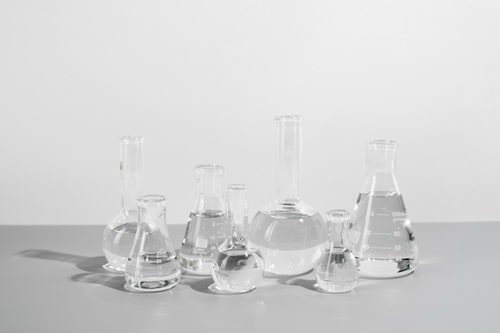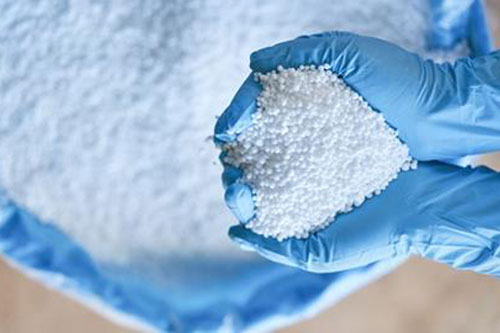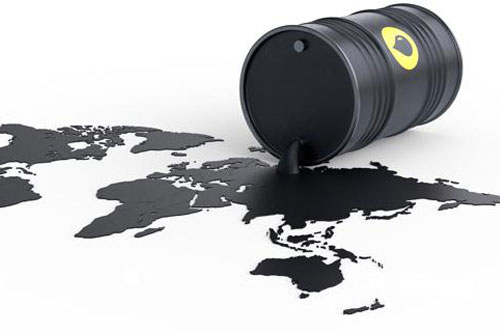Acetic Acid

Acetic Acid (CH₃COOH) is a colorless, corrosive liquid with a sharp, pungent odor and is one of the most important organic acids in the petrochemical industry. Produced by Fanavaran Petrochemical Company (Iran), it is a high-purity industrial-grade chemical used extensively in chemical synthesis, plastics production, food preservation, and textile processing.
Acetic Acid, commonly referred to as ethanoic acid, serves as both a solvent and a reactive intermediate, playing a key role in the production of vinyl acetate monomer (VAM), acetic anhydride, cellulose acetate, and ester compounds. It also finds widespread use in vinegar manufacturing, pharmaceuticals, and industrial cleaning agents.
Chemical and Physical Specifications
Chemical Formula: CH₃COOH
Appearance: Colorless, transparent liquid with a pungent odor
Purity: Typically 99.8% min (glacial acetic acid grade)
Boiling Point: 118°C
Melting Point: 16.6°C
Density (20°C): 1.049 g/cm³
Packaging: Bulk, 220L drums, or 1,000L IBC tanks
Supplier: Fanavaran Petrochemical Company
Technical Overview of Acetic Acid
Acetic Acid is a colorless, volatile liquid chemical with a distinct sour, pungent odor, widely recognized as one of the most versatile organic acids in the petrochemical and industrial sectors. It exists naturally in vinegar but is primarily produced synthetically through methanol carbonylation or acetaldehyde oxidation for industrial applications.
This compound exhibits a freezing point of 16.6°C, where it solidifies completely into clear crystals, and a boiling point of 118°C under standard atmospheric pressure. These thermal characteristics make Acetic Acid highly suitable for use across varied temperature ranges and controlled reaction environments.
Due to its strong acidic and solvent properties, Acetic Acid is extensively utilized in chemical synthesis, plastics, adhesives, textiles, pharmaceuticals, and food preservation. Its excellent miscibility with water, alcohols, and ethers enhances its adaptability in both industrial formulations and laboratory processes.
Key Physical Properties
Appearance: Colorless, transparent liquid
Odor: Sharp, sour (vinegar-like)
Freezing Point: 16.6°C
Boiling Point: 118°C
Density (20°C): 1.049 g/cm³
Solubility: Completely miscible with water, alcohols, and ethers
Chemical Formula: CH₃COOH
Application in the Pharmaceutical Industry
Acetic Acid plays a vital role in the pharmaceutical and healthcare sectors due to its reactivity, purity, and versatility. It serves as both a chemical intermediate and a process reagent in the synthesis of numerous active pharmaceutical ingredients (APIs) and medicinal compounds.
Used in the production of aspirin (acetylsalicylic acid), acetaminophen (paracetamol), and other acetylated derivatives.
Functions as a pH regulator, solvent, and antimicrobial agent in pharmaceutical formulations.
Utilized in topical antiseptic solutions, ear drops, and disinfectants due to its antibacterial and antifungal properties.
Contributes to pharmaceutical-grade acetate buffer systems that ensure product stability.
The high purity and controlled concentration of industrial and food-grade Acetic Acid supplied by Fanavaran Petrochemical make it suitable for regulated pharmaceutical manufacturing environments.
Industrial Applications of Acetic Acid
1. Vinyl Acetate Monomer (VAM) Production
Acetic Acid is the primary raw material for manufacturing Vinyl Acetate Monomer (VAM) — an essential chemical intermediate used in producing adhesives, paints, coatings, and textiles. The reaction of acetic acid with ethylene and oxygen in the presence of a catalyst forms VAM, a core ingredient in polyvinyl acetate (PVA), polyvinyl alcohol (PVOH), and ethylene-vinyl acetate (EVA) emulsions.
2. Terephthalic Acid (PTA) Production
Acetic Acid serves as a key solvent and reaction medium in the oxidation of paraxylene to produce Purified Terephthalic Acid (PTA) — the main raw material for polyester fibers and PET resins. The use of high-purity acetic acid ensures optimal conversion efficiency and consistent product quality in polyester manufacturing.
3. Paints and Resins Industry
In the coatings and resin industry, acetic acid is used to synthesize alkyd resins, vinyl acetate resins, and acrylic emulsions. It functions as a solvent, coalescing agent, and viscosity controller, providing improved film formation, adhesion, and gloss in paints, varnishes, and industrial coatings.
4. Cellulose Acetate Manufacturing
Acetic Acid, along with acetic anhydride, is used in the production of cellulose acetate, a versatile thermoplastic polymer applied in photographic films, filter tows, coatings, and textile fibers. The reaction of cellulose with acetic acid derivatives produces cellulose acetate flakes, which are then processed into fibers, plastics, and films with excellent clarity, durability, and chemical resistance.
Related Products






